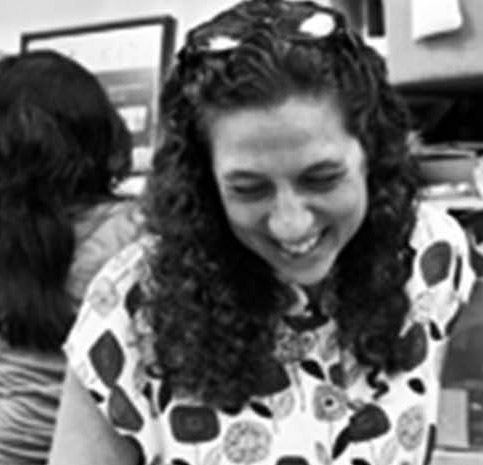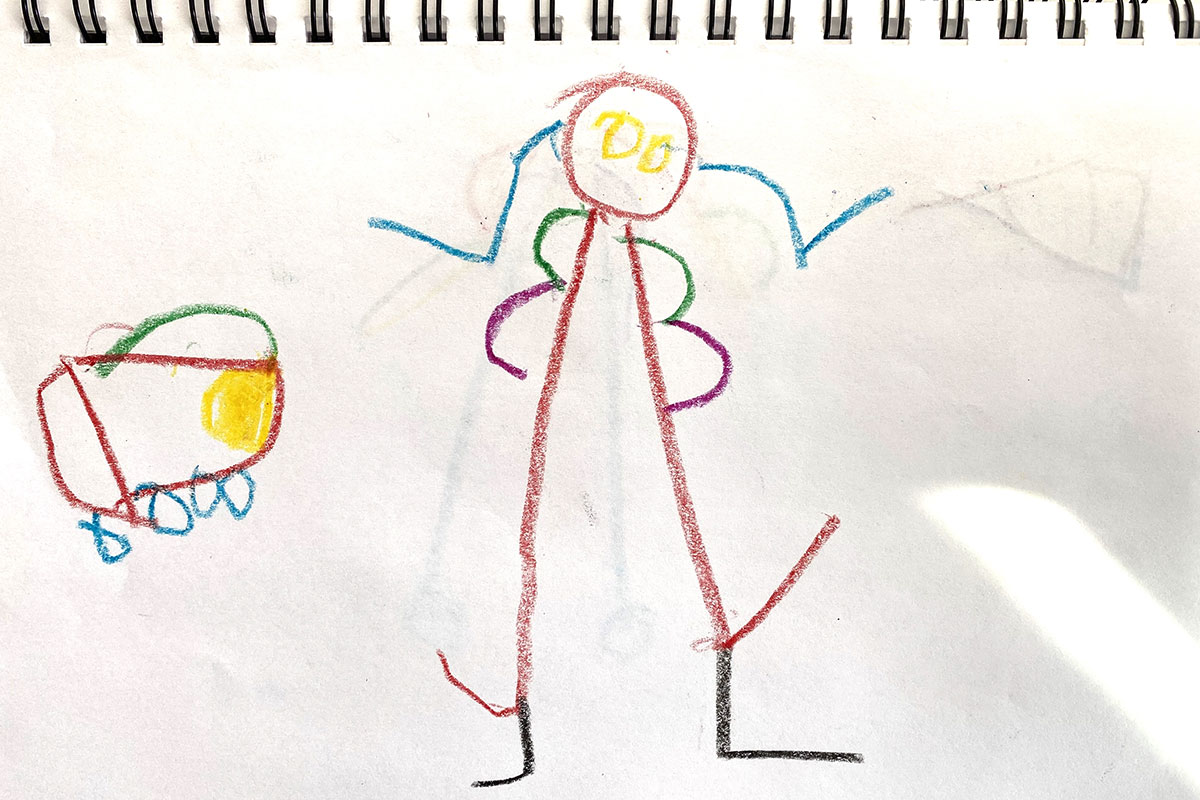Like the Hollingworth Preschool, TC’s Rita Gold Early Childhood Center, which has served the children of faculty and staff since 1982, had to rethink its operations this past spring.
But unlike Hollingworth, the Rita Gold Center enrolls children as young as three months old, which meant that the content and interactions had to be differentiated for a wider range of age groups. Children at the Center are organized into three groups: three-months to 24 months, two- and- three-year-olds, and three- to- five-year-olds.
The pandemic required the Rita Gold Center to quickly shift its program to a virtual environment.
“Along with curricular engagements with the children, family support and continuing as a connection point for its community was the priority,” says Onsite Associate Director Patrice Nichols.

MAKING IT WORK Nichols is proud of the Rita Gold Center's efforts online, but longs for "that serendipity that happens daily" in the classroom. (Photo: TC Archives)
While the teachers created classroom content, many families and staff moved to different homes. Some of the assistant teachers, who are TC students, left New York City – and in some cases, the United States – when the pandemic struck. But teachers contributed, from wherever they were, to create virtual activities and materials, customized by age group, for Rita Gold’s 35 children and their families.
Teachers used Google classroom to communicate and post content. They coordinated with part-time teachers to create a range of synchronous and asynchronous content such as read-alouds of well-loved classroom books, virtual field trips, how-to videos to continue classroom traditions such as making pizza, and art and music classes. In addition to whole-group activities, teachers also scheduled individual or small group engagements with children or met individually with parents to check in and continue to assist parents with questions about their child’s development. In one classroom, parents shared photographs or videos of their children at home, and teachers responded with documentation about what they saw the child exploring and how they would approach extending the child’s engagement further in the classroom. The scheduled meetings also served to convene parents socially at a time when interpersonal interaction was severely limited.
“Along with curricular engagements with the children, family support and continuing as a connection point for its community was the priority.”
— Patrice Nichols
Nichols is proud of how the Center has responded thus far, but longs for a return to the classroom.
“The daily interactions are what creates meaning for the children. You make it work under different circumstances, but it’s hard to replace the daily, in-person interactions that build such strong relationships when we’re together in one space. The serendipity that happens daily is irreplaceable.”
[Read the related stories So How Do You Do Pre-K Online? about the Hollingworth Center; and Hands-on Science, at Home about the Hollingworth Science Camp.]
